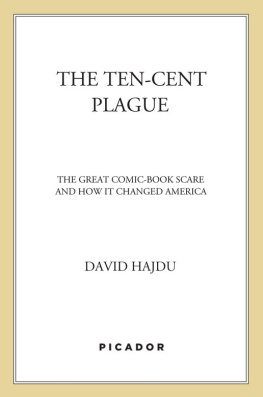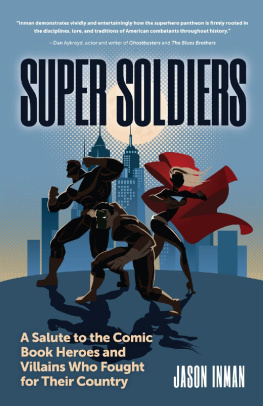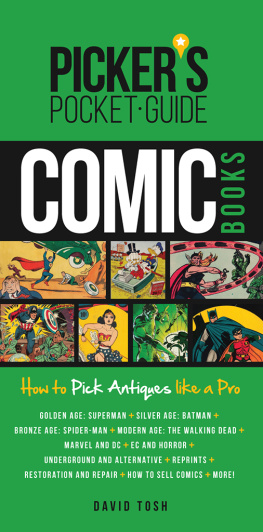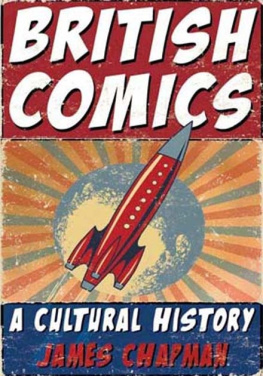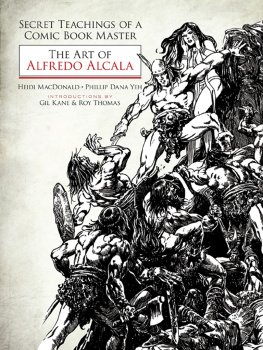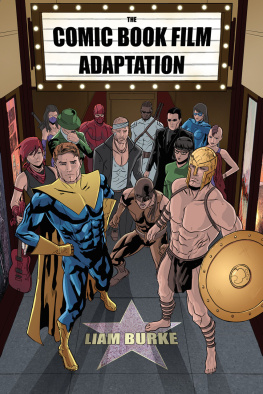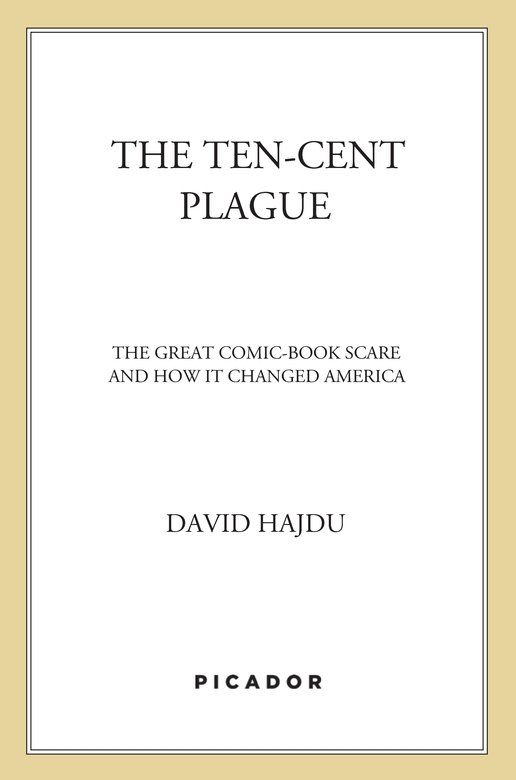First and always, I thank my wife, Karen, for her immeasurable help and support.
To Jake, hearty thanks for laying the groundwork. To Torie, special gratitude for all the diligent work.
Then, my literary family: my editors Jonathan Galassi and Paul Elie, the latter of whom worked closely with me on this, our third book together, month after month, year after year. And my agent, Chris Calhoun, a combat buddy who saved me more times than I deserved.
I began the research for this project at the University of Chicago, while I was serving as the Robert Vare Nonfiction Writer in Residence. For that gift, I thank Robert Vare, and I am also grateful to Larry Norman, the chair of the English Department during my time at the school. Five years later, I finished writing the book while teaching at the S. I. Newhouse School of Public Communications at Syracuse University. For their invaluable support, I thank Dean David Rubin and Bob Lloyd, my department chair and guardian angel at SU.
For his aid and good counsel, I thank Leon Wieseltier, my editor at The New Republic, who held my post while I was writing this.
For encouraging the book early on and assigning essays that helped get me started, I am indebted to the late Barbara Epstein of The New York Review of Books. For commissioning a story on Will Eisner that informed this text, I thank David Remnick of The New Yorker; and for overseeing pieces on Mad and RobertCrumb, parts of which led to passages here, I am grateful to David Friend of Vanity Fair.
My researcher at the University of Chicago, Anna Brenner, stuck with the project after graduation and ended up doing much of the tough research. I am also indebted, as ever, to Dierdre Cossman, the St. Jude of historical research. For additional help with research, I thank Ryan Fitzpatrick, Claire Duffett, Lauren Kay, Nathan Carlile, Julie Hoffman at the Stark County District Library in Ohio, Sean OHeir, Dorian Tenore-Bartilucci and Vinnie Bartilucci, Vincent Hawley, Sarah Pye, Vern Morrison, and Elizabeth Edmonds.
I am greatly indebted to the many artists, writers, and others involved in the events in this book whom I interviewed over six years time. Among them, I owe special thanks to Ann Eisner and her late husband Will, and to Michelle and Al Feldstein.
I thank the hardest-working man in the comics business, Steve Tice, for transcribing many of my interview tapes and for doing much of the painstaking labor involved in compiling the list of names, the Comics Code memorial, in the Appendix.
A great many comics experts and collectors were kind to share information and offer advice over the years. Chief among them were Jim Amash, Jerry Bails, Mike Benton, John B. Cooke, Digby Diehl, Steve Duin, Mike Feldman, Danny Fingeroth, Grant Geissman, Jeet Heer, Mark G. Heike, Thomas G. Lammers, Bill Leach, Russ Maheras, John Jackson Miller, Frank Motler, Lou Mougin, John Petty, Trina Robbins, David Siegel, Bhob Stewart, Steve Stiles, Ed Summer, Roy Thomas, Ted White, and Sam Viviano.
I am grateful to people at a number of institutions where I conducted research: Rodney A. Ross at the Center for Legislative Archives, National Archives; Bruce Kirby at the Manuscript Division of the Library of Congress; Dr. Lucy Caswell and Dennis Toth at the Cartoon Research Library, The Ohio State University; Edward L. Galvin, Nicolette A. Schneider, and the staff at the Special Collections Research Center, Bird Library, Syracuse University Library; Holly Koenig at the Comics Magazine Association of America; Eric W Robinson at the newspaper microfilm department at the New York Public Library; Susan Tyler Stinson and Robert J. Hodge at the Belfer Audio Laboratory and Archive at Syracuse University; Randall W Scott at the Special Collections Division, Michigan State University Library; Marianne Labatto at the Brooklyn College Library Archives and Special Collections Division; and Michael Martin at the Onondaga Historical Association.
Librarians and archivists at other institutions conducted some research on my behalf. Chief among them were Rina Wright and Joseph J. Hovish at the American Legion; Joann Regets of Saints Peter and Paul Church School in Auburn, New York; Belinda Harris at The Roanoke Times; Jeanine Thubauville at the Thomas Crane Public Library in Quincy, Massachusetts; and Margaret G. Wollitz at the Decatur Public Library.
For reading an early draft of the manuscript and providing invaluable insight on legal matters, I thank Roy Gutterman at SU. For important legal research, I am also grateful to Dee Gager and Jennifer Holtz.
For reading an early draft of the manuscript and offering editorial advice, I thank Robert G. Dunn; for fine copyediting, I thank Suzanne Fass and Susan Goldfarb; and for writerly counsel almost every day, I thank John Carey.
For essential help with the art and photo insert, I am indebted to Mitch Blank, Larry Elin, Daniel Herrick, and Todd Sodano.
For contributions of all sorts, I thank my parents and also my in-laws, Dr. Carol and John Oberbrunner; Joanne Hajdu, who laid the groundwork for the groundwork and still pitches in; and also Boyd Addlesperger, Marc Andreottola, Paul Buhle, Susanne Carbin, Aaron Cohen, Zarina Feinman, Dan Friedell, Paula Gabbard, Eliot Gordon, Patti Graziano, Chuck Hajdu, Jihae Hong, Lori Hostuttler, JoAnne and Robert Jackson, Abby Kagan, Michael Kubin, Ann Marie Lonsdale, Jon Lovstad, Ron Mann, Keelin McDonell, Sean McNaughton, Tom McNulty, Cathy Gaines Mifsud, Steven Mintz, Chloe Schama, Marcelyn Skerpca, Cara Spitalewitz, Jeanine Thubauville, Alfredo Trejo, David Unger, Dave Wagner, Lawrence Watt-Evans, Justine Whitaker, Ellen Winkleman, Margaret G. Wollitz, and Jerry Zelada.

